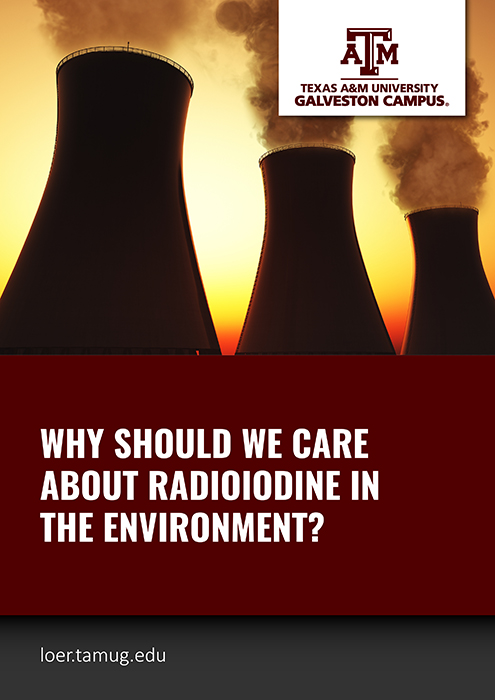Peter H. Santschi from the Department of Marine Sciences at Texas A&M University – Galveston and Daniel I. Kaplan from Savannah River National Laboratory share their views on radioiodine in the environment
In this analysis, the focus is given to the pathways, from source to human risk and presents questions about radioiodine mobility in the environment today.
One of the many fascinating facts revealed here is that according to an article published in Scientific American (Fischetti, 2011), risk factors (in number of premature deaths, including accidents, per 100 gigawatts power produced per year) for nuclear power are extremely low (0.7), compared to fossil fuels such as natural gas (719), crude oil (937) and coal (1200).
With that in mind, we also find out that radioiodine poses most of the calculated risk of all radionuclides from nuclear waste sites in the U.S. that potentially can reach the natural environment and man.
On a policy level, we learn that the Department of Energy (DOE) in the U.S. is concerned about radioiodine because it occurs in the environment at several DOE facilities. We find out that it is especially problematic at the Hanford Site and the Savannah River Site (SRS), where 129I groundwater exceeds the drinking water standard (DWS) of 0.04 Bq/L by 40 and 1000 fold, respectively (Kaplan et al., 2014 and references therein).
In addition, we learn about the increasing use of nuclear power in response to greater demand for power presents another concern regarding radioiodine. I hope you enjoy reading these and the many additional insights that this compelling analysis of the environment offers.


